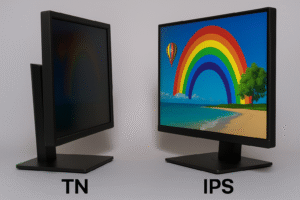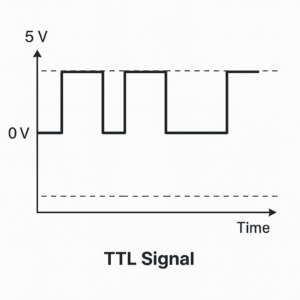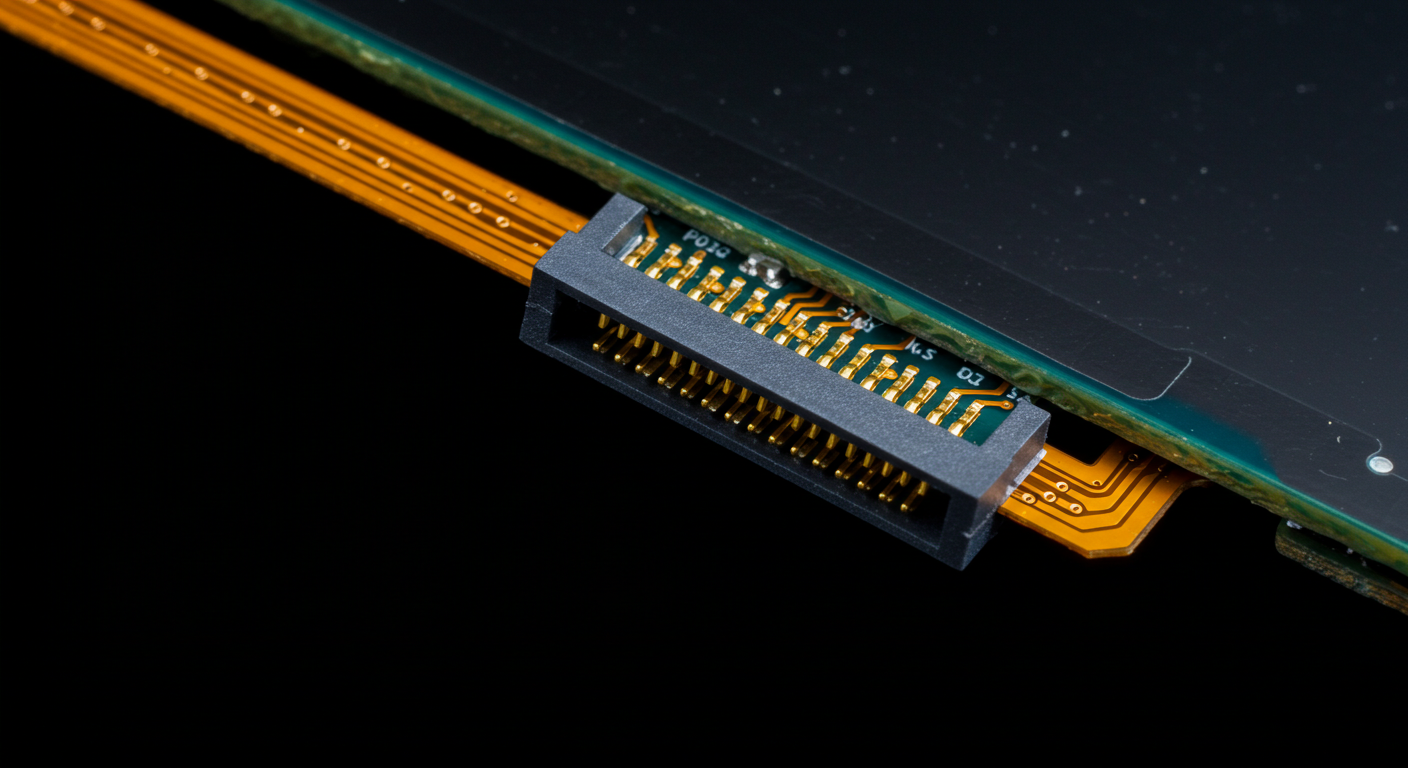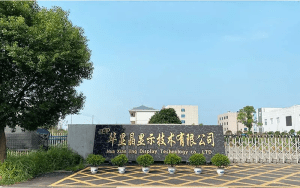
What Are the Key Differences Between TN and IPS LCD Panels?
TN panels twist crystals 90 degrees for faster response times, while IPS panels rotate crystals horizontally for better color accuracy and viewing angles.

TN panels twist crystals 90 degrees for faster response times, while IPS panels rotate crystals horizontally for better color accuracy and viewing angles.

If you are seeking a manufacturer to provide OEM/ODM services for your display products, choosing the right source is crucial. The right manufacturer can address

Introduction smart wareable device Display modules are critical components of handheld devices, influencing their usability, performance, and overall user experience. From smartphones and tablets to

G stands for Glass and F stands for Film. G+G means a Glass cover lens with a Glass sensor, while G+F means a Glass cover lens with a Film sensor.
Introduction Among the novelties in the field of commercial technology, the LCD modules are now critically important. As a result they are invaluable in all

TTL uses single-ended, high-voltage signals; LVDS uses low-voltage differential signals for faster, reliable data transfer.

The main LCD module interfaces are MCU, SPI, TTL/RGB, LVDS, MIPI-DSI, and eDP.
1. Common Dot Matrix COG LCD modules are available in a variety of dot matrix configurations, including 16×2, 128×32, 128×64, 128×128, 160×160, 240×120, and 240×160.

1. LCD module and LCD screen LCD modules, such as the 16×2 monochrome COB LCD module, are essentially semi-finished products within the industrial landscape, requiring continuous


Download our comprehensive catalog to explore 10,000+ LCD module options in detail:
0.42-10.11 inch TFT LCD
16×2-320×240 COB LCD
8×2-320×240 COG LCD